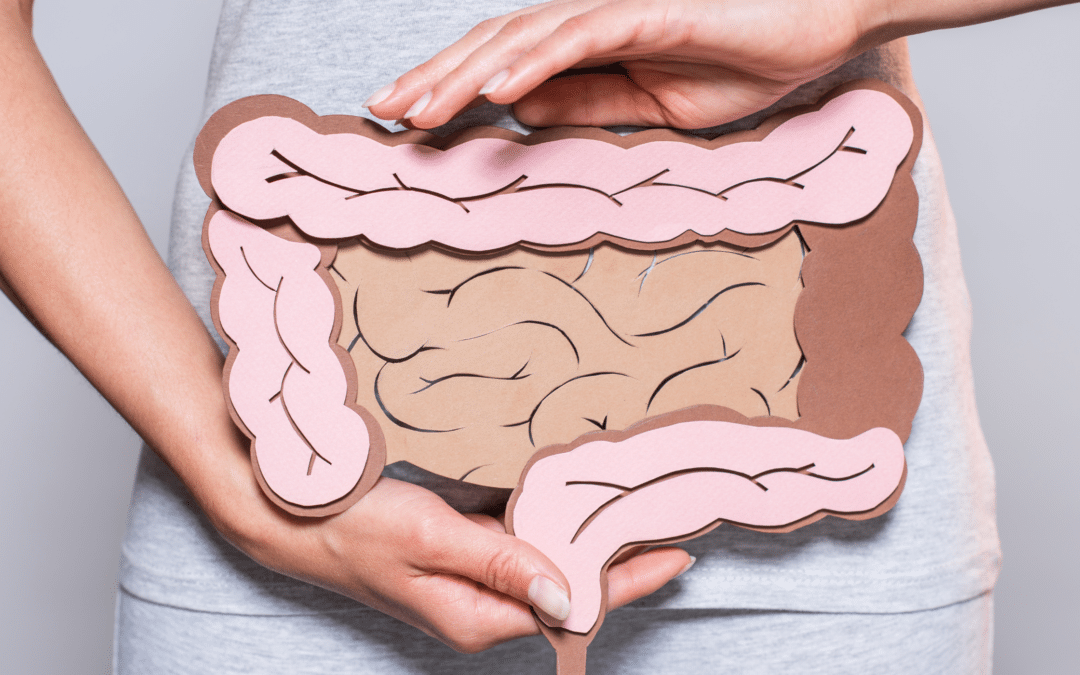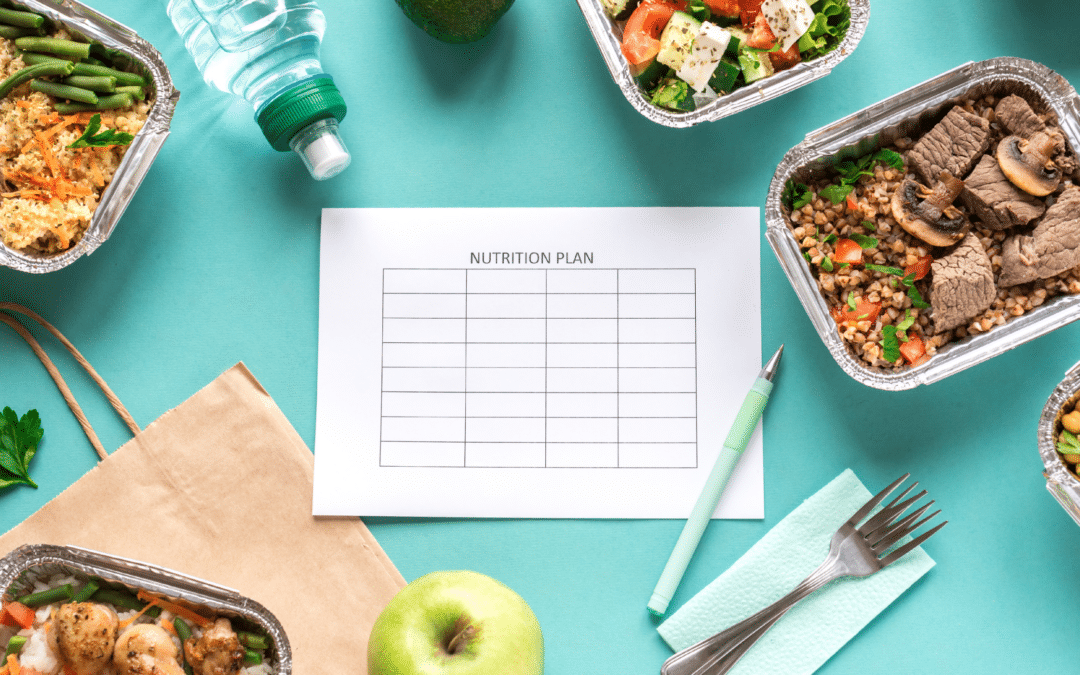Nutrition matters: Build a healthy diet, live a healthier life!
Fun fact: You’ll eat 1095 meals this year if you eat three times daily. Food keeps you alive (humans can survive 8-21 days without food and water) and is also a vital part of cultures, social interaction, livelihood, and health. But eating too much or too little can have unwanted health effects.
March is National Nutrition Month, a 50-year-old annual campaign established by the Academy of Nutrition and Dietetics. It’s a time to celebrate nutrition, learn about making smart food choices, and embrace healthy eating and physical activity habits. This year’s theme, “Fuel for the Future,” encourages sustainable food choices that nourish you and, at the same time, can help protect the planet.
Dietitian nutritionists are experts that can help you make food choices that meet your specific needs. A Registered Dietitian Nutritionist can help design a meal plan for your unique needs and provide guidance about meals when you have any health conditions. Determining what to eat becomes more important as you grow older and your nutritional needs change.
Here’s more about the importance of a healthy diet and how you can develop smart diet and physical activity habits.
What’s a balanced diet, and why is it important?
A balanced diet contains nutrients from all food groups and provides enough of these nutrients for good health. Balance means sufficiency—not too much or too little. And it involves variety because no single food can provide all the nutrients you need. Plus, a balanced diet just tastes better!
A balanced diet is crucial because it’s the best way to get enough nutrients. Too much or too little nutrients have health implications.
Children who don’t get a balanced diet may have growth and development problems, frequent illnesses, and even trouble learning in school.
Without proper nutrients, adults and children have a higher risk of diseases, infections, poor mental health, and early death. They also risk lower performance, poorer productivity, and diminished well-being.
Four of the top ten leading causes of death in America—heart disease, cancer, stroke, and type 2 diabetes—have links to poor diet.
Poor diet has also been linked to the following.
- Obesity: Obesity means weighing much more than expected for your height and age. It’s linked with a higher risk of several health conditions, including diabetes and heart disease.
- Osteoporosis: This condition weakens bones causing frequent fractures, and your risk is higher if your diet is low in calcium, protein, and vitamin D.
- Deficiency diseases such as:
- Night blindness or xeropthalmia, vitamin A deficiency
- Kwashiorkor, protein deficiency
- Marasmus, energy deficiency
- Scurvy, vitamin C deficiency
- Rickets, vitamin D deficiency
- Pellagra, vitamin B deficiency
- Iron deficiency
Most of these deficiency diseases are no longer seen in developed economies and when people have access to enough food. When individuals follow extreme diets, however, sometimes eliminating whole classes of foods or food groups, these deficiency diseases occasionally pop up.
How to have a balanced diet
You need to eat the right amounts of fruits, vegetables, lean protein, and complex carbohydrates to have a balanced diet. The US Department of Agriculture developed My Plate as a balanced diet guide.
Following this plan, you can devote certain portions of each plate to certain foods. For example:
- ¼ fruits such as bananas, oranges, apples, grapes, pomegranates, kiwi, pears, peaches, persimmons, berries, cashew, papaya, mangoes, and pineapples.
- ¼ vegetables such as carrots, cucumbers, spinach, onions, broccoli, cabbage, eggplant, peppers, tomatoes, and okra.
- ¼ grains and complex carbohydrates such as oats, brown rice, fonio (for those with gluten sensitivities), quinoa, barley, millet, sweet potatoes, beets, and whole wheat
- ¼ lean proteins such as fish, eggs, poultry, and seafood.
- Dairy products such as cheese, yogurt, and milk on the side.
Ideally, your meals would also:
- be locally available
- meet your calorie needs
- embrace your unique needs and food sensitivities
Tips for healthy eating
These tips can also help you get the best from every meal.
- Eat mindfully and with loved ones where possible: Eating this way can improve your experience and reduce your chances of over-eating.
- Favor fruits and vegetables in seasons: Perishable foods like fruits and vegetables tend to lose nutrients with time. Getting the freshest ones gives you more flavor and nutrients while being more affordable.
- Favor homemade meals: Store and restaurant meals often contain large amounts of salt, sugar, fats, and preservatives. Home-made meals give you more control over what you eat.
- Aim for the proper calories -not too little or too much: You can estimate your needs with an online calorie calculator or see an RDN.
- Embrace spices and herbs: Spices and herbs have health benefits such as reducing inflammation and helping to fight disease. They can also reduce salt or added sugar used to flavor food.
- Get enough physical activity each week: Experts recommend 150-300 minutes of vigorous activity a week for adults and 60 minutes daily for children.
- Limit substances that could harm you: For instance, saturated fats (butter, lard, margarine), trans fats (present in some margarine and commercial pastries), added sugar, processed foods and meats, salt, and alcohol.
- Consult an RDN: For additional dietary concerns, see an expert.
Food is a big part of our daily lives. A balanced diet can nourish, energize and protect you. But the opposite is also true: a poor diet can weaken and sicken you. Some foods like fruits, vegetables, lean meat, and complex carbohydrates have more health benefits and should be prioritized.
For National Nutrition Month, make healthy choices about diet and physical activity, spread the word to help others, and donate to support nutrition care.
References
- Kottuschet al. Survival time without food and drink
- Academy of Nutrition and Dietetics. National Nutrition Month®
- CDC.Poor nutrition
- WHO Micronutrients
- CDC. FastStats – leading causes of death
- Micha et al. Association between dietary factors and mortality from heart disease, stroke, and type 2 diabetes in the United States
- Kostecka et al. The role of healthy diet in the prevention of osteoporosis in perimenopausal period – PMC
- T. Jiang Health benefits of culinary herbs and spices
- WHO. Fact sheet on physical activity
- FAO. Ultra-processed foods, diet quality, and health using the NOVA classification system







